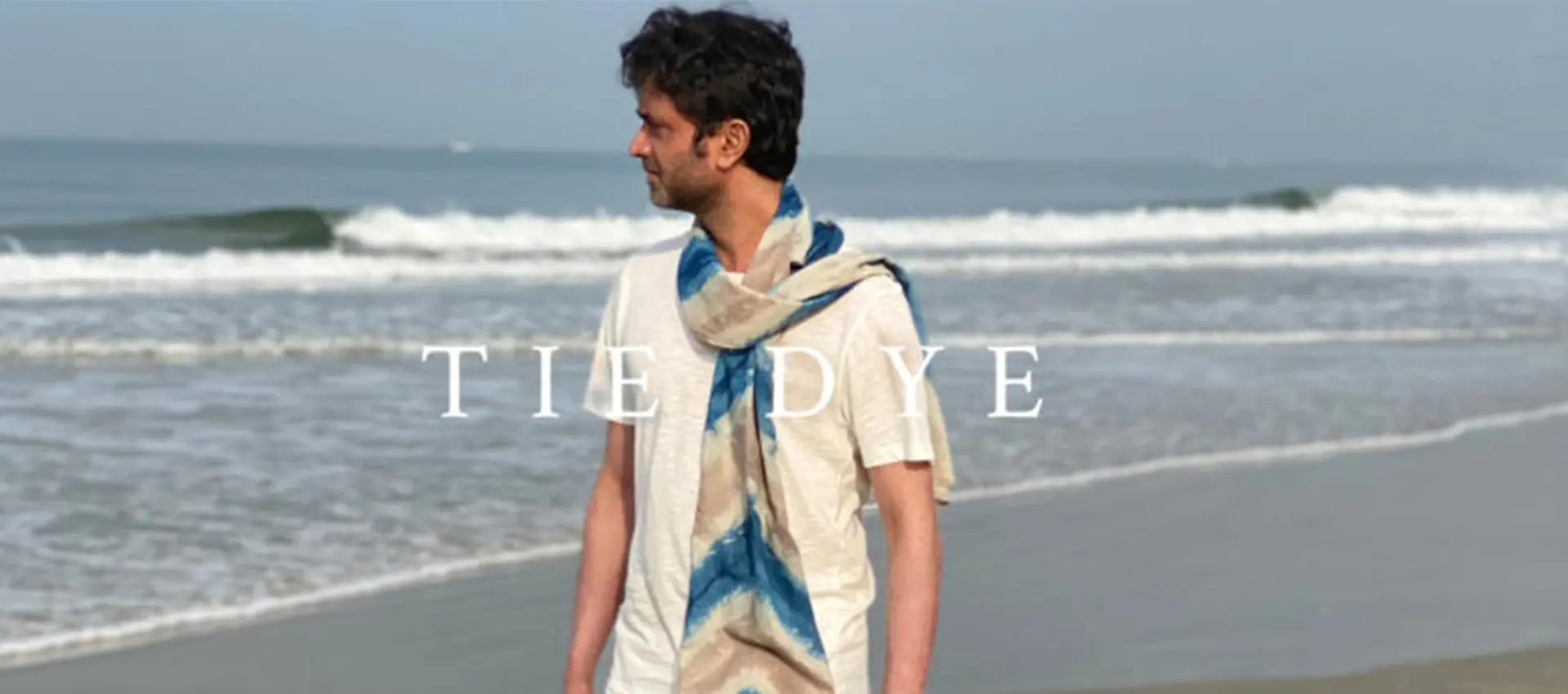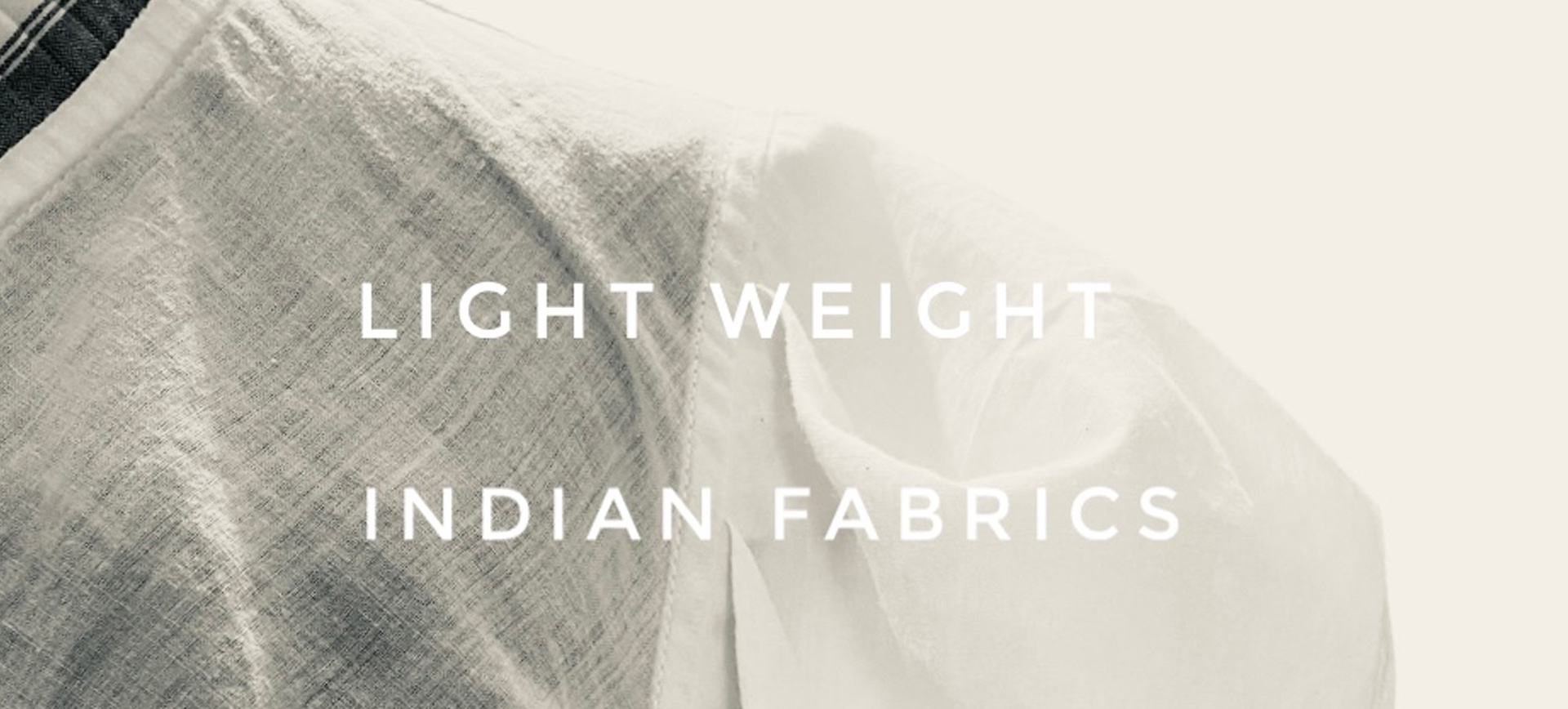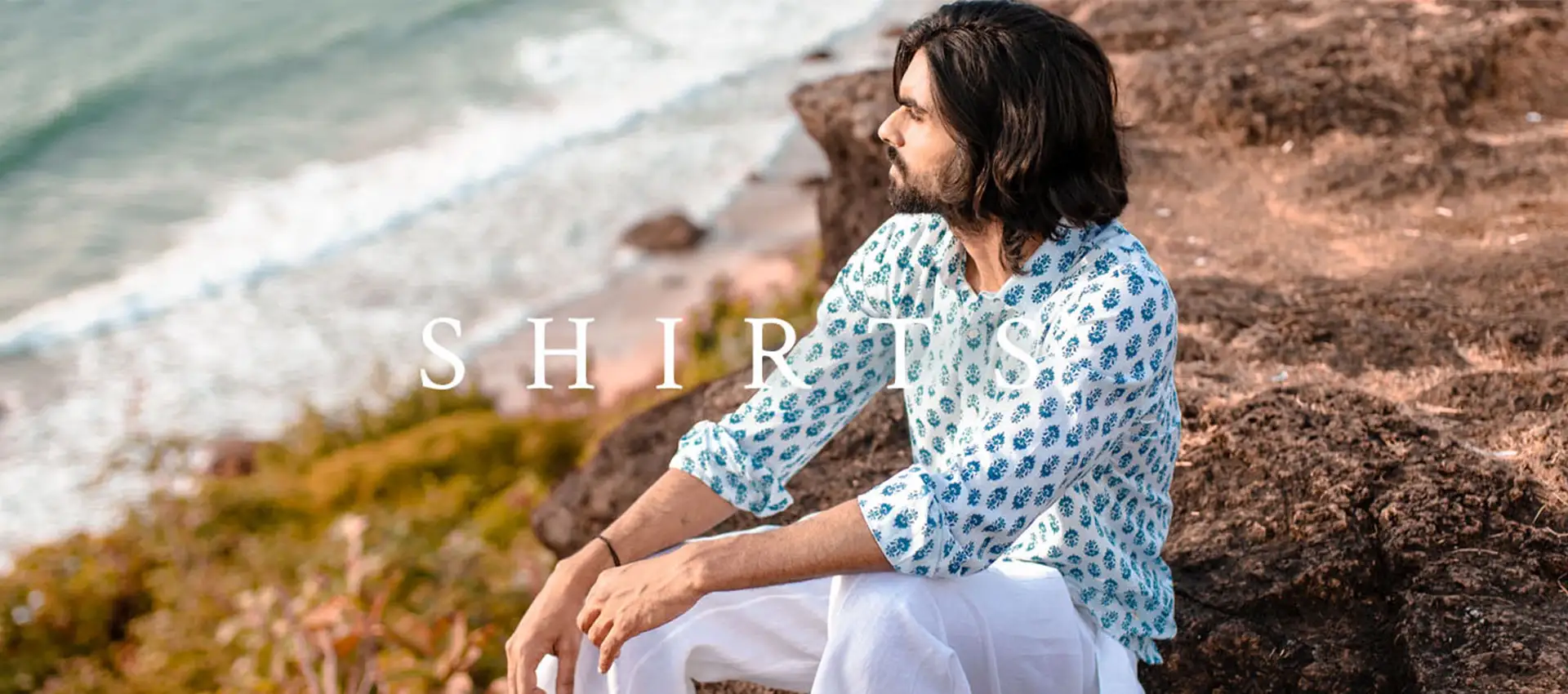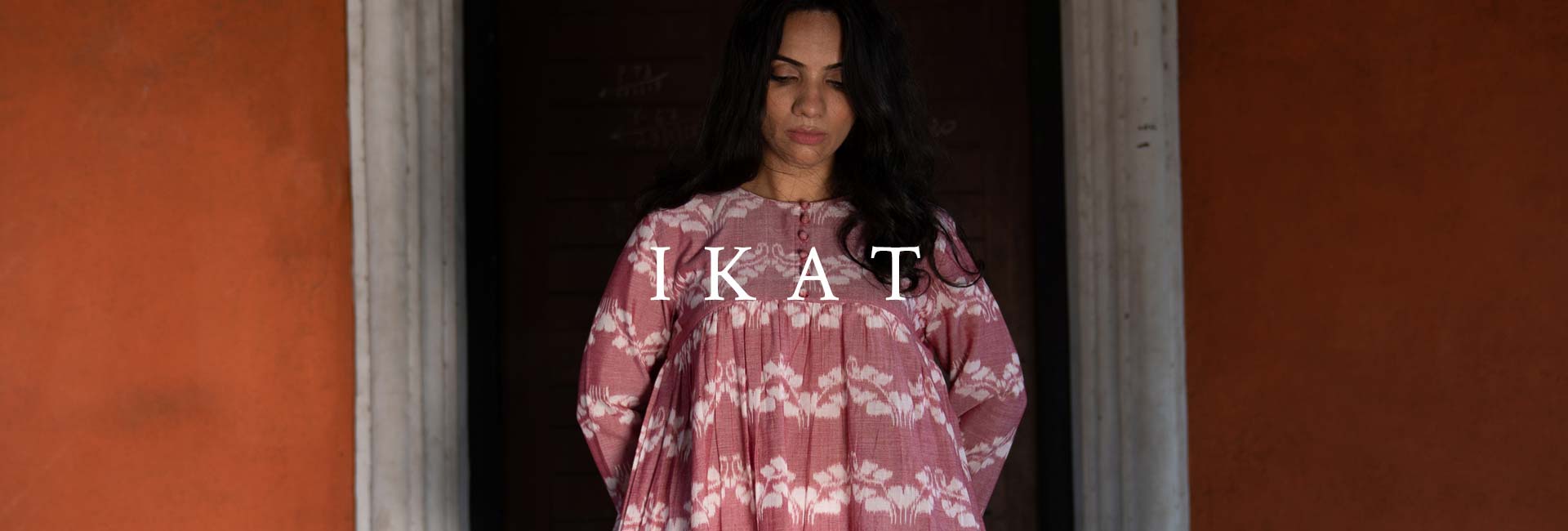No products in the cart.

The Traditional Art Of Tie And Dye Prints
Tie and dye prints bring vibrant colours and unique patterns, making them perfect for all occasions. So whether you’re looking for the perfect tie dye shirt for men
People have been wearing cotton clothes for a long time. Polyester was invented in 1929, but before that, there were wool clothes and clothes made from animal skin. Cotton clothes were used majorly for undergarments during those days. Cotton fabric clothes have a history of 7000 years. It was preferred due to its comfort and durability. Quality cotton was used for inner wear during cold weather. It was due to the level of comfort that cotton clothes were worn inside. During the summer, cotton was the most preferred fabric. Most military uniforms were made from cotton fabric and this included the ones that were worn daily and as well the ones worn in combat both were in cotton. The concept of the cotton fabric blog was majorly about knowing cotton cloth and its history.
People prefer breathable cotton fabric for everyday wear. The cotton fabric is majorly used in undergarments and night suits due to its soft and comfortable feeling. Wearing apparel made from cotton was fashionable. Major people today like to wear T-shirts and pants made from 100% pure cotton. People who have been working with the Indian government like to wear cotton clothes or clothes made from Handspun Cotton. Gandhiji started the movement in India to wear clothes made from Indian cotton. He used to weave his fabric from quilt cotton yarn. Modern days ethical fashion community also promotes ethical clothing made from pure cotton. The sustainable fashion world has many brands that make their apparel from pure cotton, Cambric, Canvas, Corduroy, Denim, Flannel, and Gauze.
There are various cotton yarns for example Upland cotton, Egyptian cotton and Pima cotton have longer fibres. Depending on the cotton yarn quality each cotton fabric is different from the others. Some are more comfortable to wear, whereas Pima cotton and Egyptian cotton are more durable. Therefore premium cotton is better than regular cotton due to its higher level of comfort and durability. In the world of sustainable fashion, there are many cotton fabric brands. These cotton brands sell their cotton at a premium depending on the quality of cotton.
Clothing made from cotton fabric is always premium due to its softness and durability. 100% pure cotton shirts are always soft, comfortable and gentle on the skin. They aren’t clingy and can be worn with any cotton matching pants. Cotton tees are the most popular comfort wear among men.
Most cotton fibres which get used in high-street apparel are short or medium in length. Most cotton fabric designers for expensive designer brands prefer clothes made with premium cotton-like ELS. The objective is to use higher quality which reflects the brand ethos.
This cotton blog is written for making people understand the history of cotton. Online there would be many ethical fashion blogs which also will showcase information about cotton clothing made from pure cotton. The sustainable fashion industry is associated with sustainable bloggers who promote clothes made from pure cotton.

Light Weight Fabrics for Daily Ensemble
LIGHT WEIGHT FABRICS FOR DAILY ENSEMBLE | SLOW FASHION BLOG
Light Weight Fabrics for Daily Ensemble.
When we think of India and particularly her weather the only most common fabric that comes to our mind is the ubiquitous cotton.
And why not?
Cotton is one of the most breathable, fluffy, soft lightweight fabrics commonly and easily available in plain weave, which can combat the severe tropical heat. What we don’t see is beyond cotton, many more such fabrics and textures that are as easily available, only lesser known.
Take for example, Linen, which is naturally made from flax, it is highly desirable for hot climates and the appeal is chic and elegant, yet used sparsely.
Organic fabrics in Cotton, Banana, Eucalyptus, Soya, Basil (Tulsi) is paving way slowly making their presence felt because of their sustainable attribute. However, different cotton count qualities and weaves like Muslin, Ikat, Jamdani, Chanderi etc. are less known in the daily wear scenario which truly deserves recognition in Indian daily wear wardrobe.
These fabrics in the past, have mostly been associated with the orthodox and conservative appeal limiting to occasion and festive wear. Hence the innate Indian quality of these fabrics have been filtered through generations and not been a part of the daily look, either for work or for leisure.
Given the climatic conditions we live in, these fabrics had been intrinsically embedded in our traditional wear be it sarees, salwar kameezs, lehengas for women and dhotis and kurtas for men. The prime reason was to carry out day- to-day work with maximum comfort of the garments worn, beating the heat.
But today thanks to many a conscious buyers and brands that custom make to size and style, these ethnic wear are brought out restyled and reimagined as dresses, tunics, short kurtis and anti fit tops to match with variety of bottoms than mere salwars. The range varies from palazzos, chudidars, dhoti pants, cigarette pants in these light weight fabrics with minimal or no embellishment
that become an effortless part of the daily wear, maintaining the Indian look with a contemporary twist.
There is so much India has to offer in traditional textiles, which are lightweight and functional. Moreover they can be adapted to contemporary styles. It’s only a matter of broadening our horizons and looking beyond what meets the face. There is something for everybody!
Blogs You May Like..

The Traditional Art Of Tie And Dye Prints
Tie and dye prints bring vibrant colours and unique patterns, making them perfect for all occasions. So whether you’re looking for the perfect tie dye shirt for men

Handmade Cotton Shirts That Men Should Have In Their Wardrobe
With the changing fashion trend, men’s wardrobe essentials are also changing. Handmade cotton shirts are the latest fashion trend that men should have in their wardrobes.

Ikat handloom cotton fabric to fall in love with
A fabric woven with intricate patterns and vibrant colours, Ikat is a centuries-old technique of weaving that has been part of India’s cultural and artistic tradition
ABOUT US
QUICK LINKS
CATEGORY
CUSTOMER CARE

Handcrafted Organic Clothing

CUSTOMER SUPPORT

WORLDWIDE SHIPPING
COMPLETELY SAFE AND SECURE PAYMENT METHOD
We accept Netbanking, all major credit cards.
No products in the cart.
